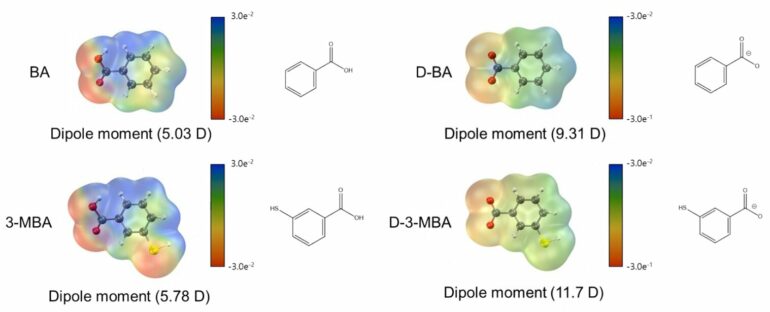A recent collaboration has led to the development of a technique to drastically enhance the performance of perovskite solar cells using hydrogen-bonding additives. This research demonstrates that hydrogen bonding can extend the lifespan of solar cell materials while simultaneously achieving improved efficiency and stability.
The research is published in the journal Energy & Environmental Science. The team includes Professor Choi Jong-min’s team from the Department of Energy Science and Engineering at DGIST and Dr. Moon Byung-joon’s team from the Center for Spintronics at the Korea Institute of Science and Technology.
Perovskite is gaining recognition as a promising material for solar cells, offering high efficiency in converting light to electricity and ease of mass production. However, its drawback is that the solution involved in its manufacture gradually decomposes into ions over time, leading to the formation of impurities. Solar cells produced using such solutions may exhibit poor performance, with high temperatures further accelerating ionic changes and hastening performance deterioration.
To address this issue, Professor Choi’s research team introduced a hydrogen-bonding additive into the perovskite solution. This additive interacts with organic substances through hydrogen bonds, protecting critical components of solar cells from rapid alteration.
Through computer modeling, the research team demonstrated that these hydrogen bonds can maintain the stability of the components over an extended period. Solar cells produced using solutions stored for 140 days retained nearly the same efficiency (96.7%) as those made with freshly prepared solutions.
In addition, this additive minimizes defects within solar cells, further enhancing their performance. As a result, the power conversion efficiency of the solar cell increased from the previous 22.61% to 24.31%. Experimental results revealed that the solar cell demonstrated outstanding stability, retaining over 98% of its initial performance even after exposure to a high temperature of 85 degrees for 72.5 days.
Professor Choi from DGIST’s Department of Energy Engineering stated, “This research has shown that the issue of ions being easily damaged in the traditional perovskite solution–based process can be addressed by using an additive that harnesses hydrogen bonds.
“We believe that this additive will play a crucial role in overcoming the thermal instability challenge that needs to be resolved for the commercialization of solar cells.”
More information:
Taeyeong Yong et al, Hydrogen bond-mediated pseudo-halide complexation for stable and efficient perovskite precursors and solar cells, Energy & Environmental Science (2024). DOI: 10.1039/D4EE02793K
Provided by
Daegu Gyeongbuk Institute of Science and Technology
Citation:
Hydrogen-bonding additives enhance both performance and stability of solar cells (2024, November 25)


